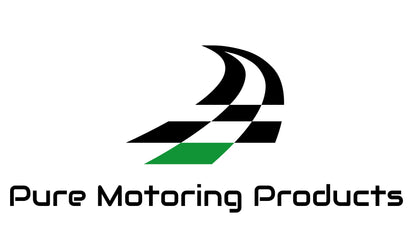Gasoline Grades Explained

When you go to the pump to fill up your vehicle, you’ve noticed the gas station has three main grade choices for regular gas (not diesel). These grade choices are generally called regular grade, midgrade, and premium grade. Sometimes gas stations will use terms like unleaded, super, and super premium, but all these variations simply indicate their octane rating. The octane rating refers to the anti-knock property of gasoline, which we get into further below. The EIA states that “no grade of motor gasoline now sold in the U.S. contains lead.”
Octane Ratings
An octane rating is the measure of fuel stability. The rating is based on “the pressure at which a fuel will spontaneously combust (auto-ignite) in a testing engine.” The rating number is an average of two different rating methods: the motor octane rating (MOR) and the research octane rating (RON). These two differ in their specifics of the operating conditions. Basically, all you really need to know is that the higher the octane rating, the more stable the fuel is. Regular grade is the lowest rating, which is why it’s the cheapest, and is generally rated around 87. Midgrade is the middle range and is typically rated around 89-90. Premium is the highest quality and the most expensive, and the rating is generally 91-94. Some manuals suggest specific gas grades, such as high-performance and luxury vehicles typically requiring the highest grade.
How Octane Levels Affect Your Vehicle
Typical gas-powered cars are designed to burn fuel in a controlled combustion. The EIA describes the process like this: “A flame starts at the spark plug and burns throughout the cylinder until all of the fuel in the cylinder is burned.” The knocking property, as mentioned earlier, happens when rising temperature and pressure occurs from the primary combustion causing the unburned fuel to ignite—in other words, spontaneous combustion. Before electric computerized ignition became the norm, knocking was common and would cause significant damage to engines. Nowadays, modern cars come with a knock detection sensor on their engines, and when this sensor is alerted, the vehicle’s computer will delay the initial spark. This controls the combustion and eliminates the knock, but the engine could still run inefficiently.
A similar condition that can occur is called pre-ignition. This is when the fuel ignites on its own before the spark ignites it. Today’s vehicle computer systems combat this undesirable issue by controlling the timing of the vehicle’s valves and fuel injections. Although the control mechanism is helpful, it is another example of how the engine could run inefficiently.
Fuel Formulation Plays a Role, Too
Another factor that affects the grade of gasoline for motor vehicles is its formulation. The grade depends on the location it’s sold, the season of year, the type of crude oil used, and the refinery that produces it. “Gasoline produced for sale in one area of the United States might not be authorized for sale in another area” because of these factors. Gas characteristics can also be affected by ingredients added to the blend, such as ethanol. If you have questions about the right gas or additives for your vehicle, Pure Motoring Products can help.



